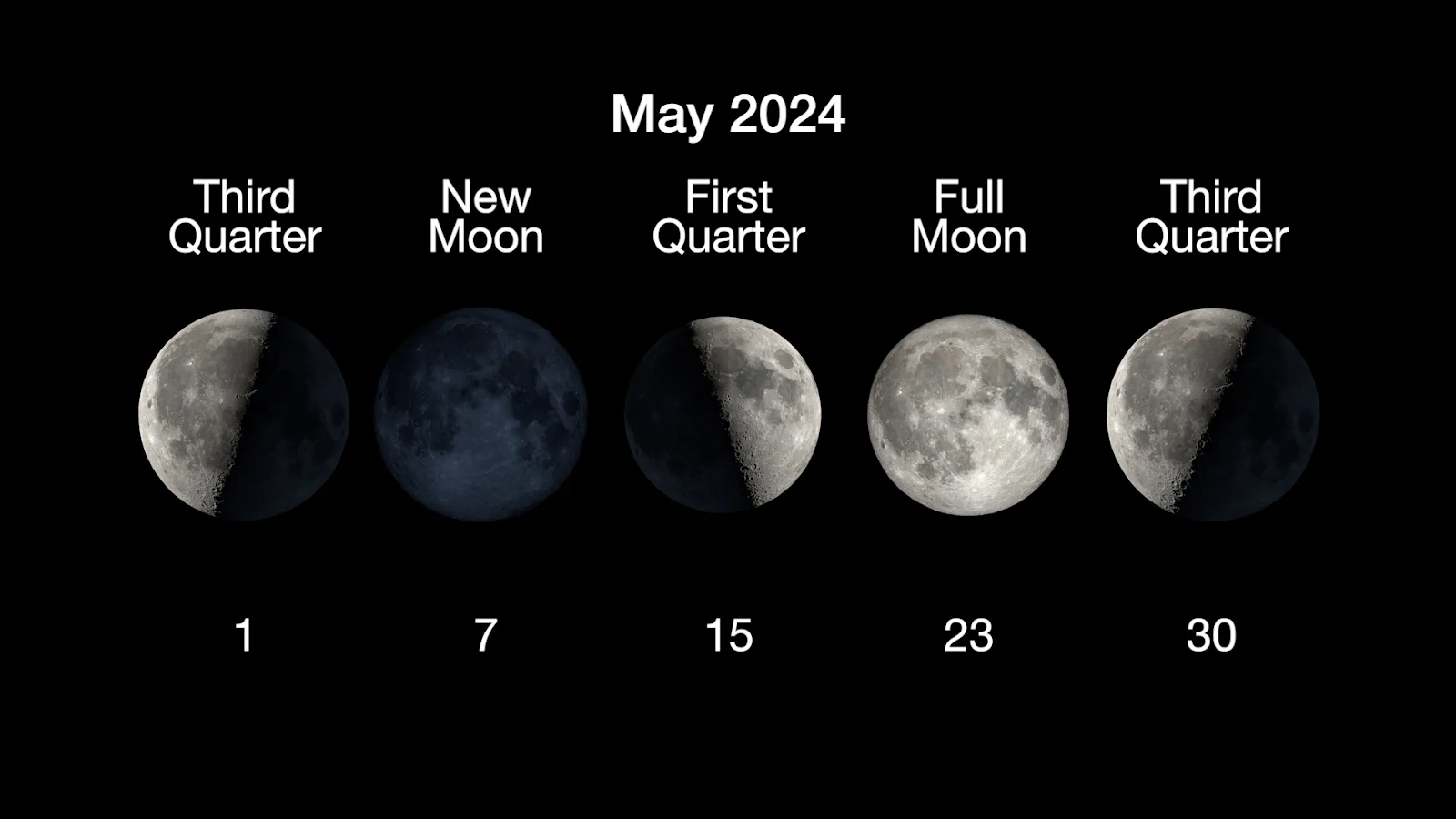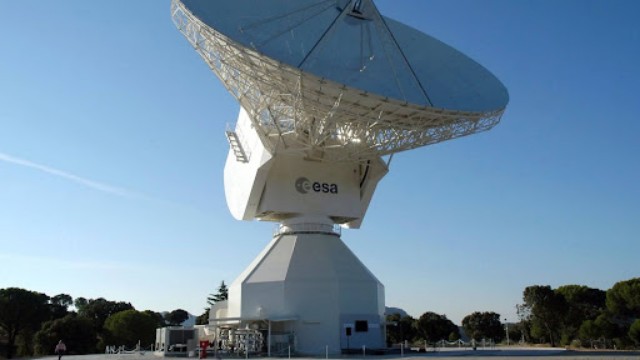
Sky chart showing the Moon with Saturn and Mars before sunrise on May 3. Source : NASA
May promises a celestial spectacle with a lineup of morning planets and a meteor shower courtesy of Comet Halley. Early risers can catch a glimpse of Mars, Saturn, and Mercury in the May morning sky. Additionally, for skywatchers on the East Coast of the United States, there's a special treat as Antares, the bright red star in Scorpius, plays hide-and-seek with the Moon on May 23rd.
The month kicks off with the crescent Moon joining Saturn in the eastern sky on May 3rd, followed closely by Mars. The following morning, the Moon shifts position, now positioned between Saturn and Mars, continuing their celestial dance since their close conjunction in April.
For those with a clear view of the horizon, spotting Mercury in the hour before sunrise presents a challenge, especially with the competing glow of dawn twilight. However, observers in the Southern Hemisphere have a better chance as Mercury rises higher in their skies.
On May 23rd, a noteworthy event occurs for observers on the East Coast of the U.S. as the Moon occults, or passes in front of, Antares. This rare event will unfold over a couple of hours as the Moon and Antares rise into the night sky, offering a unique sight for viewers in the designated region.
Towards the end of the month, on May 31st, early risers can catch Saturn rising with the crescent Moon in tow, offering a picturesque view towards the southeast, especially when observed through binoculars.
Meteor enthusiasts have something to look forward to as well. May brings the annual eta Aquariid meteor shower, attributed to debris from Halley's Comet. Peaking overnight on May 5th and into the morning of the 6th, this meteor shower offers a chance to witness shooting stars streaking through the sky. The radiant of the meteor shower, located in the constellation Aquarius, rises after midnight, making the pre-dawn hours the optimal time for viewing.
Southern Hemisphere observers are in for a treat as the radiant rises higher in their skies during the autumn nights of May, potentially offering up to 40 meteors per hour under optimal conditions. Northern Hemisphere observers can still expect a respectable showing, albeit with fewer meteors.
To maximize meteor sightings, experts recommend finding a dark, safe spot away from city lights and allowing a few minutes for the eyes to adjust to the darkness. Lying down with feet pointed towards the east and scanning the skies overhead enhances the viewing experience. With the arrival of warmer temperatures, May presents an excellent opportunity to turn an early morning into a memorable "meteor morning."
For those eager to stay updated on space exploration missions, NASA's Jet Propulsion Laboratory offers insights into the solar system and beyond, ensuring enthusiasts remain informed about the latest cosmic endeavors.















